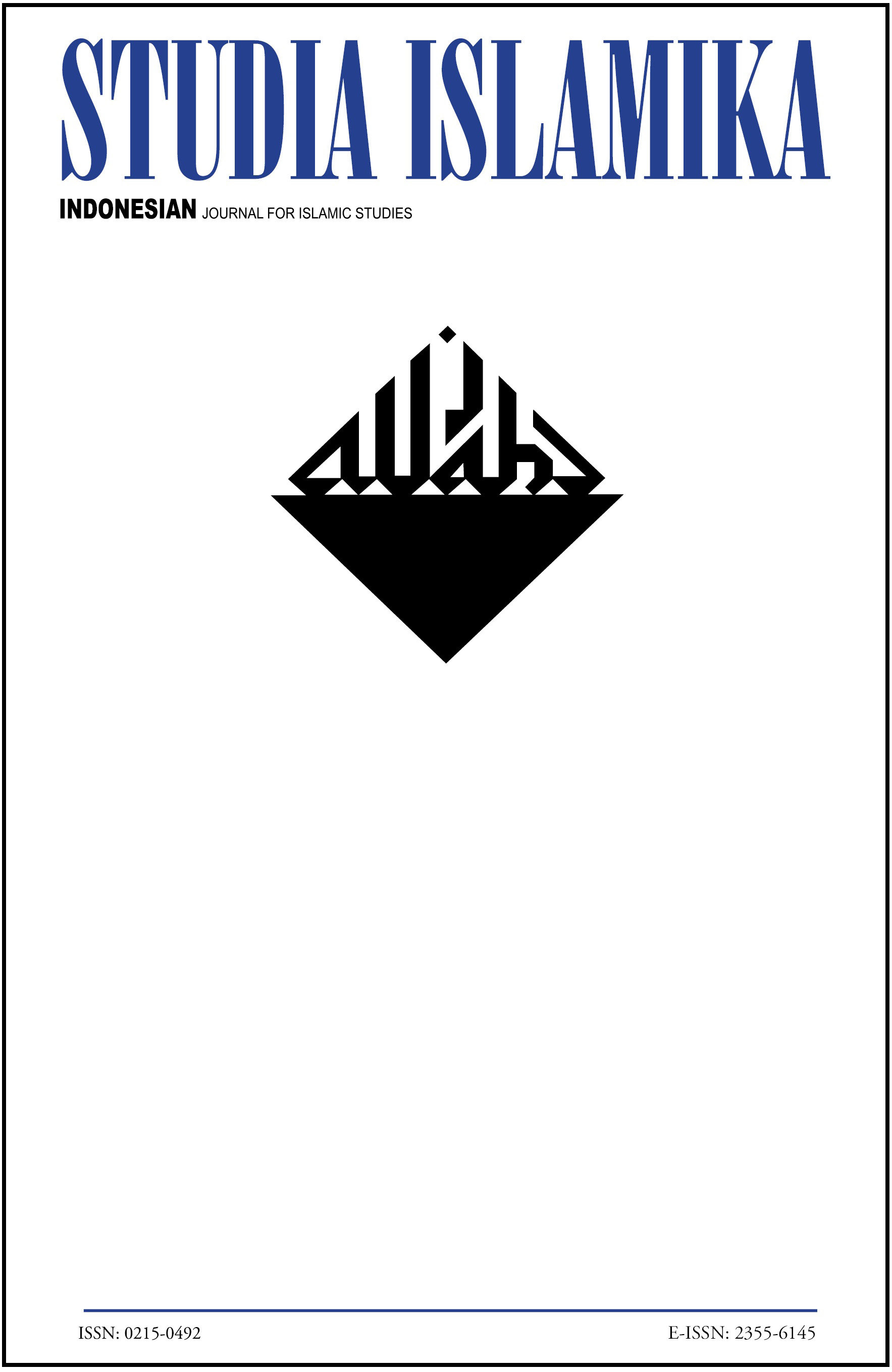Abstract
Center for the Study of Islam and Society (PPIM) of State University Syarif Hidayatullah, Jakarta, in cooperation with Center for the Study of Society and Culture (PMB) of Indonesian’s Science Foundation (LIPI), and Research Institute for Languages and Cultures of Asia and Africa (ILCAA) of Tokyo University of Foreign Studies (TUFS), held a conference on “Redefining the Roles of Islamic Organizations in the Reformasi Era. ”The conference was divided into two sessions. In the first session we have Prof. Dr. Bahtiar Effendy, Dr. Hendro Prasetyo, and Drs. Anas Ahmadi, MA. In the second session we have Dr. Endang Turmudi from Nahdhatul Ulama (NU) and Dr. Abdul Mu’ti from Muhammadiyah.The seminar was designed to evaluate and discuss the roles of socio-religious organizations in Indonesia. The current understanding on the roles of socio religious organizations was being challenged and questioned. The seminar discussed the relationship between the state and the roles of these religious organizations during the Reformasi Era. These were among the important issues because transformation of ideas and movements have occurred within Islamic organizations in Indonesia.Since the beginning of the twentieth century, socio-religious organizations have played important roles in Indonesia’s nation building. Muhammadiyah, NU, and Persis are among the organizations which have contributed significantly to the development of Islam in Indonesia. They have been the driving forces for community development such as in education, socio-political, economy, and health. Most of the madrasah and pesantren across Indonesia were founded by these organizations.DOI: 10.15408/sdi.v17i2.466Authors who publish with this journal agree to the following terms:
- Authors retain copyright and grant the journal right of first publication with the work simultaneously licensed under a Creative Commons Attribution License that allows others to share the work with an acknowledgement of the work's authorship and initial publication in this journal.
- Authors are able to enter into separate, additional contractual arrangements for the non-exclusive distribution of the journal's published version of the work (e.g., post it to an institutional repository or publish it in a book), with an acknowledgement of its initial publication in this journal.
- Authors are permitted and encouraged to post their work online (e.g., in institutional repositories or on their website) prior to and during the submission process, as it can lead to productive exchanges, as well as earlier and greater citation of published work.
Downloads
Download data is not yet available.

